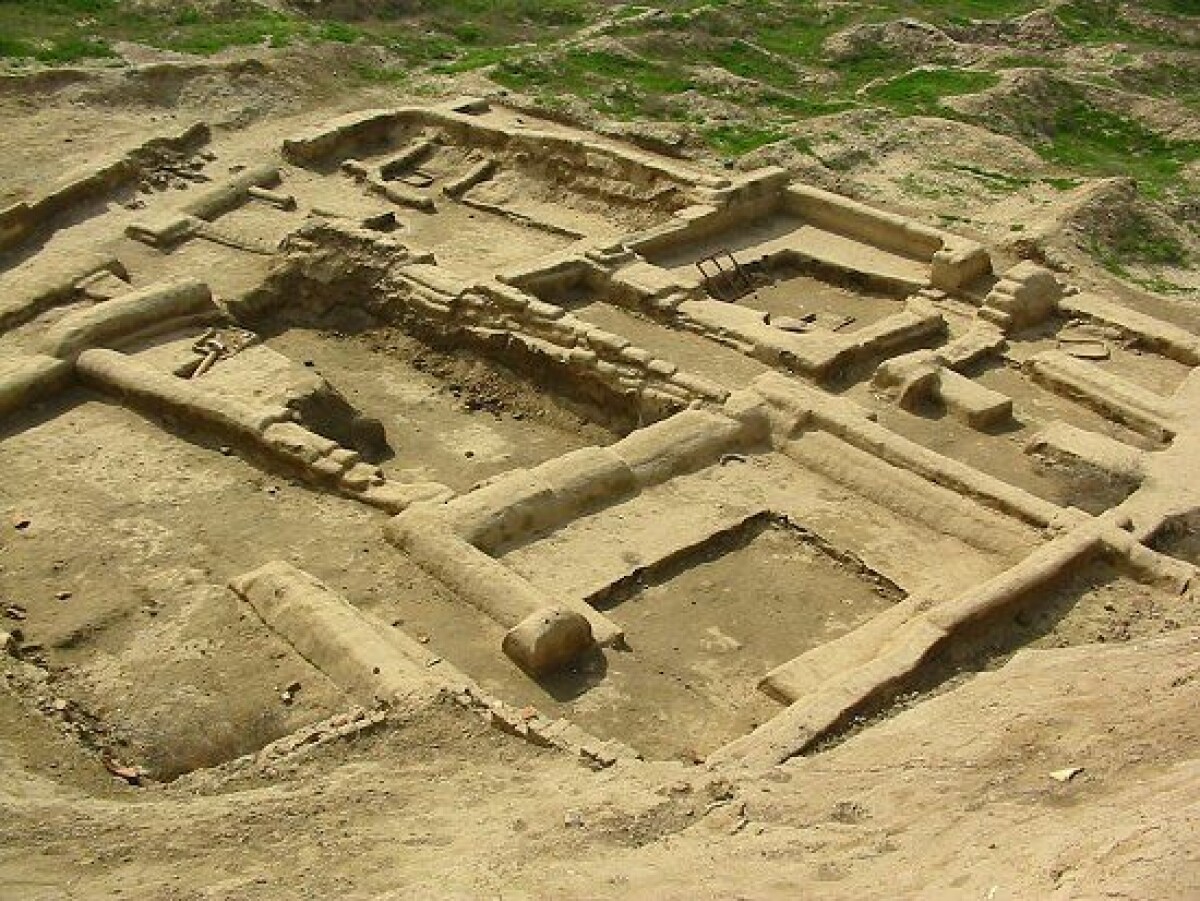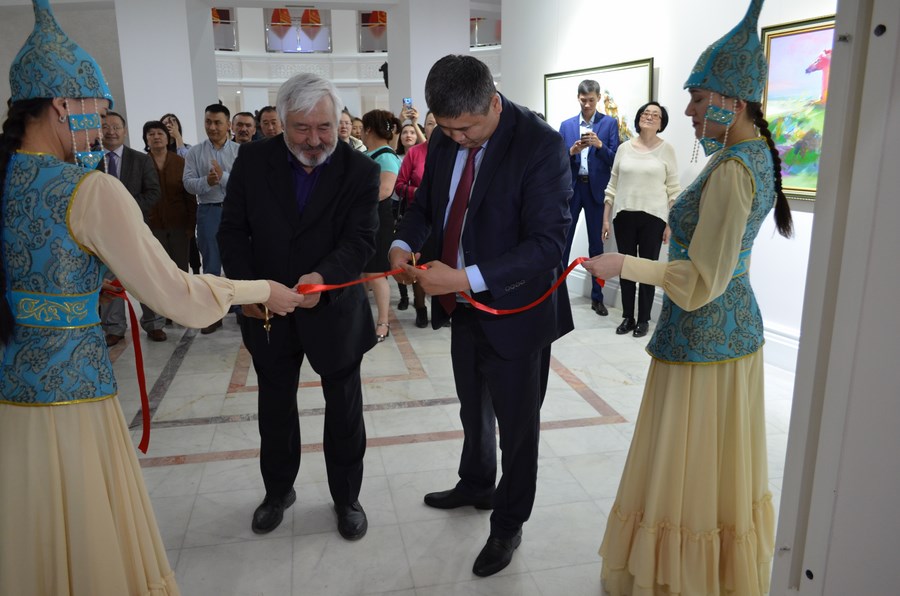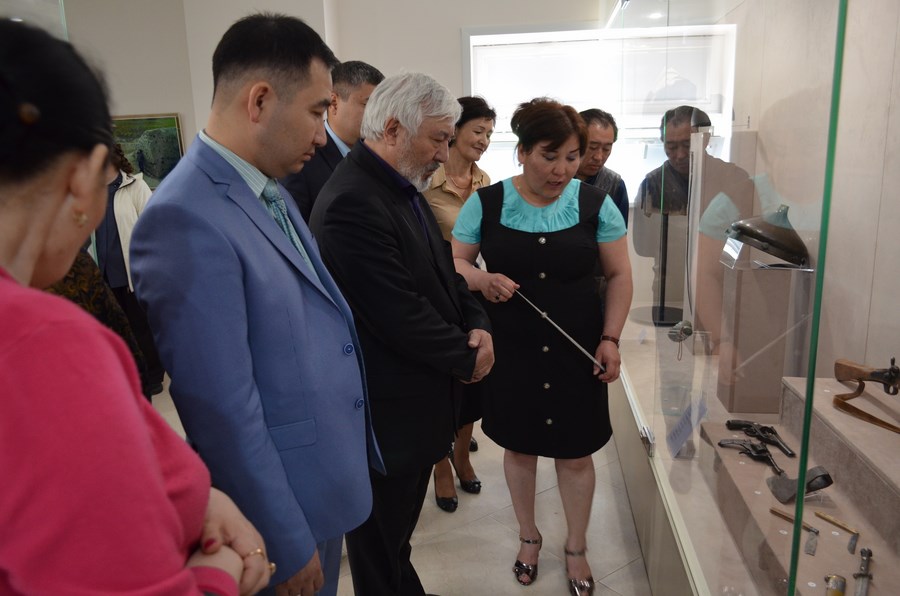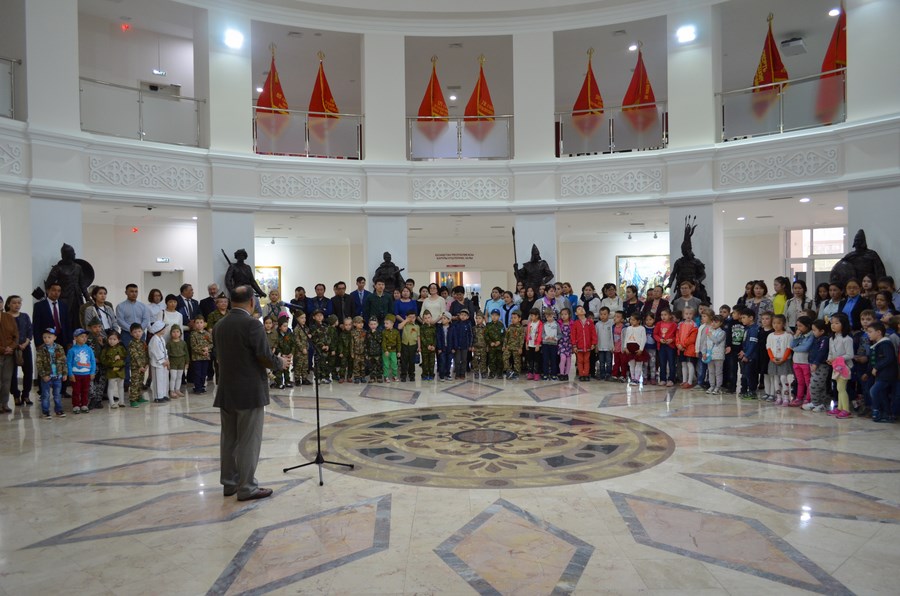
Astana residents have a unique opportunity to learn more about the once prosperous city of Otrar, located near Turkestan.
Recently the opening of the exhibition took place, in which the relics of the ancient Otrar from the archeological museum-reserve "Erliktin kaysarmekeni" are presented. The event was held in the Military History Museum at the Military-Patriotic Center of the Armed Forces of Kazakhstan. The exhibition is timed to the International Specialized Exhibition EXPO-2017.

According to the Ministry of Culture and Sports of the Republic of Kazakhstan, the event was opened by the head of the scientific research service of the museum, Daniyar Kausylov, Doctor of historical sciences, Professor Zaynolla Samashev, Acting Director of the Otrar Museum-Reserve Aibek Zhandosov, who told the guests about the tasks and objectives of this exhibition.
Exposition of relics of ancient Otrar in the Astana museum includes interesting collections of medieval weapons and household items, along with ethnographic exhibits of the past and the century before last.
Items of armament of that time - armor plates, dagger, core, spears, these are the real things of that time. Their uniqueness lies in the fact that they come from the 13th century, the very same century when a strong and powerful Otrar, with its many thousands of troops, fell under the pressure of Genghis Khan's troops. Or rather, not the army itself, which the city confronted for six months - the death of Otrar is caused by betrayal.

According to Eraly Shokai, the main keeper of the Otrar State Archaeological Reserve Museum, this exhibition tells about several periods of life of the great Otrar. During the siege by the troops of Genghis Khan, the gate of the city-fortress was opened by a man named Karadzha, after that the traitor was executed, and the city was turned into ruins. After the devastation sown by the Mongol invasion, Otrar did not remain long devastated. The city, which is called the cradle of the Kazakh civilization, was located at the intersection of the caravan routes of the Great Silk Road. Otrar again flourished and prospered, as well as centuries before the Mongols. Finally, the city was emptied in the XIX century. The city was protected with the support of UNESCO.
On the eve of the Expo, the Otrar Museum-Reserve is almost ready for travelers from all over the world. Now there are work on improvement. As Zhasulan Tolebekov, director of the information center "Ontustik Tourism" noted, there will be a lot of people wishing to visit South Kazakhstan during the EXPO.
"After Astana, we are in second place. But the exact number of tourists so far is difficult to name. Because tourist tours on our routes are also sold in Russia and other countries. According to preliminary forecasts, this year the historical complex will be visited by 400 thousand people, this is twice as much as last year."

The exhibition will run until July 3, 2017.
Translated by Raushan MAKHMETZHANOVA
